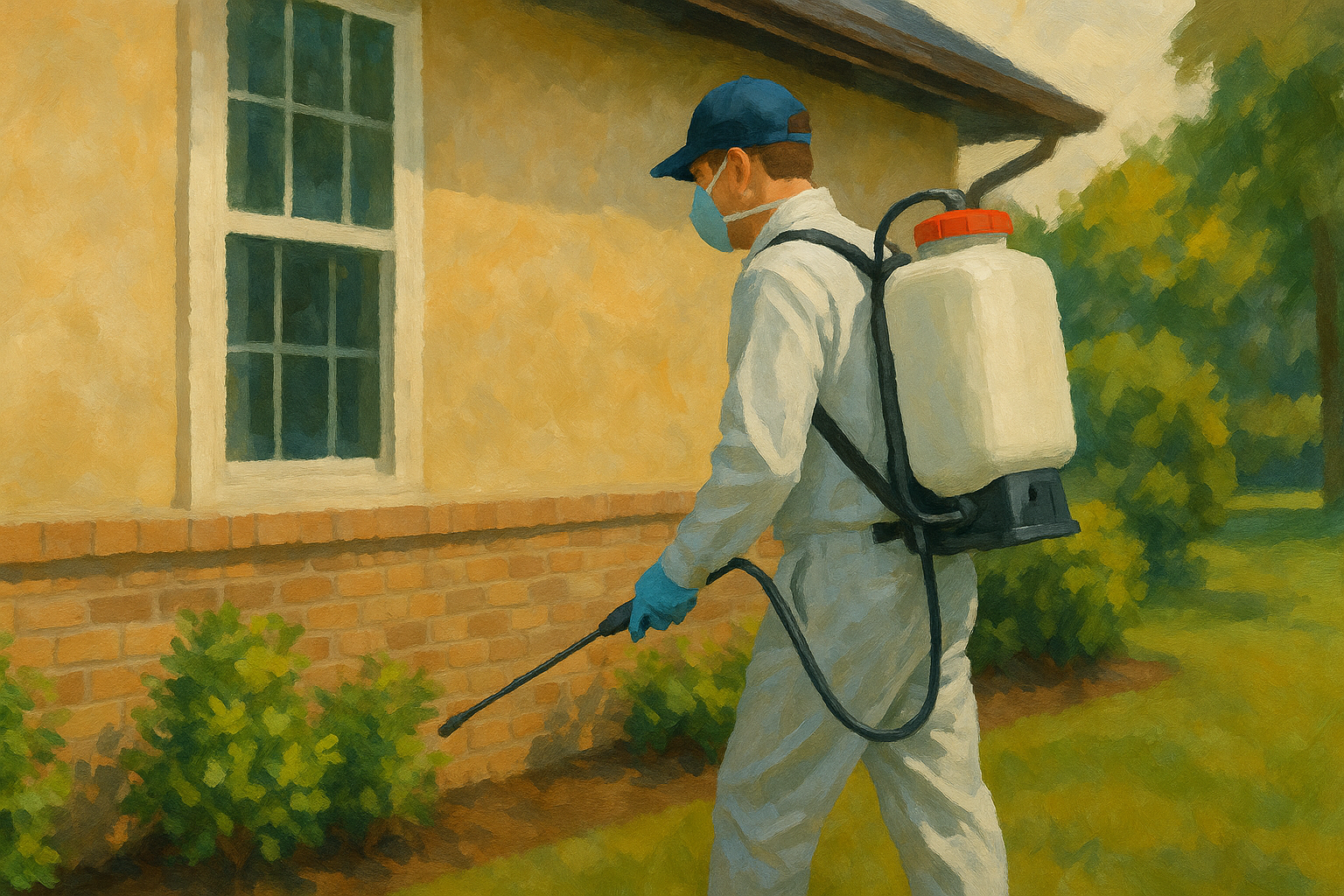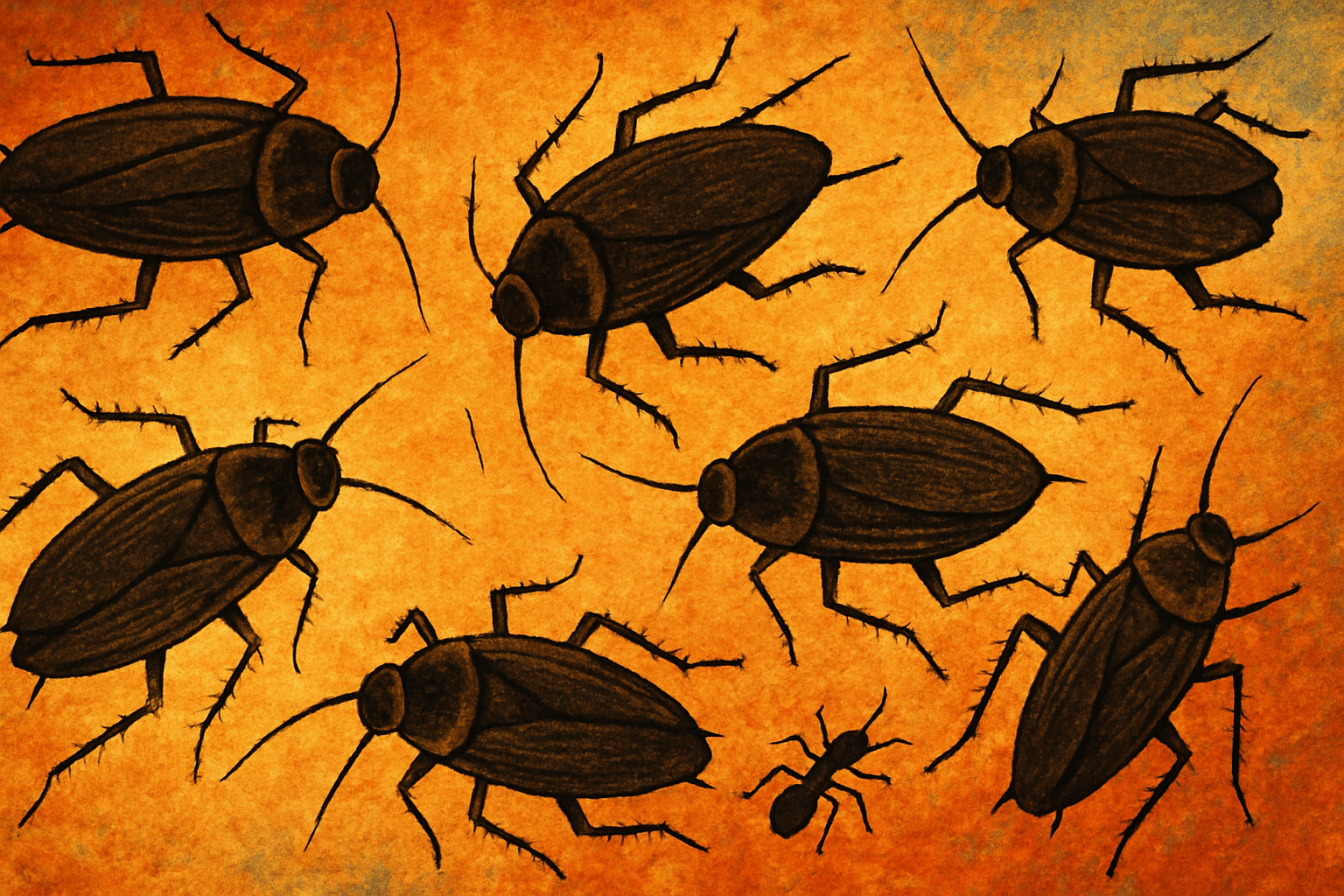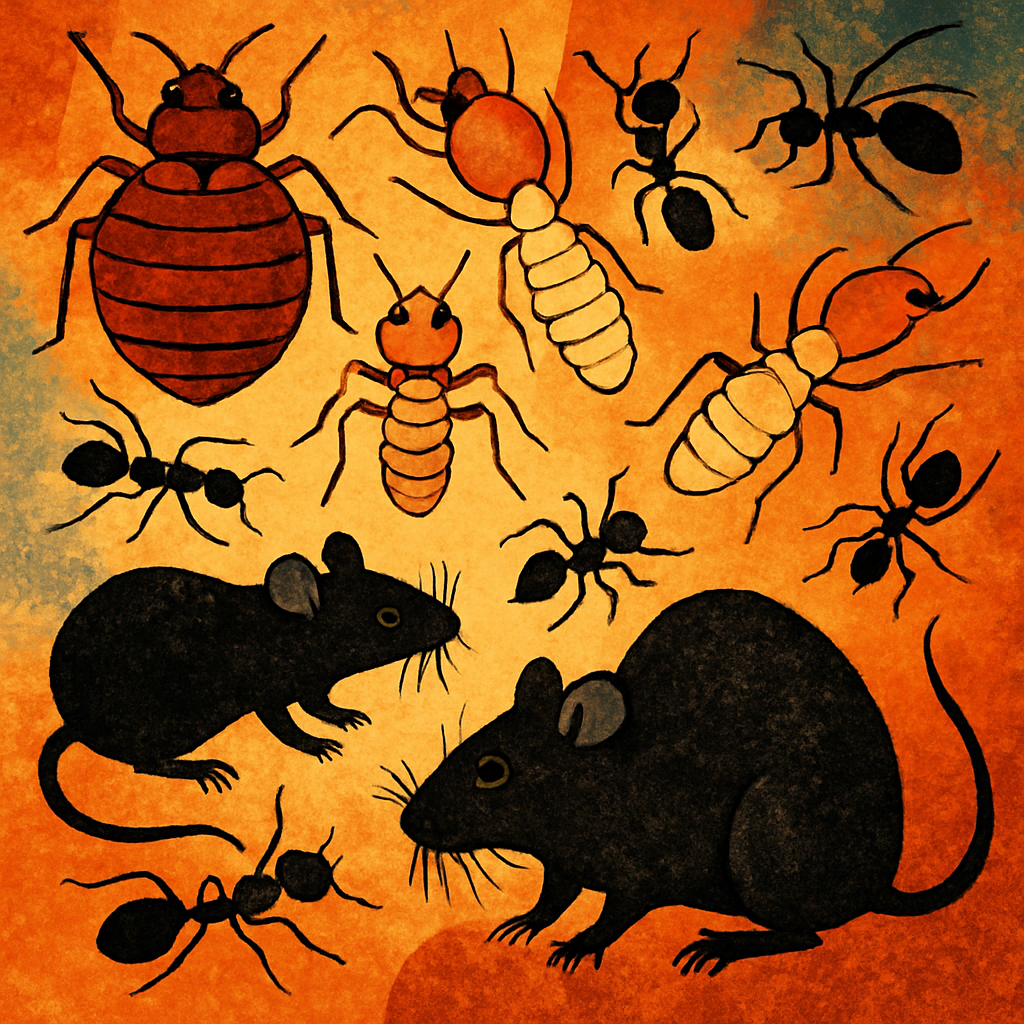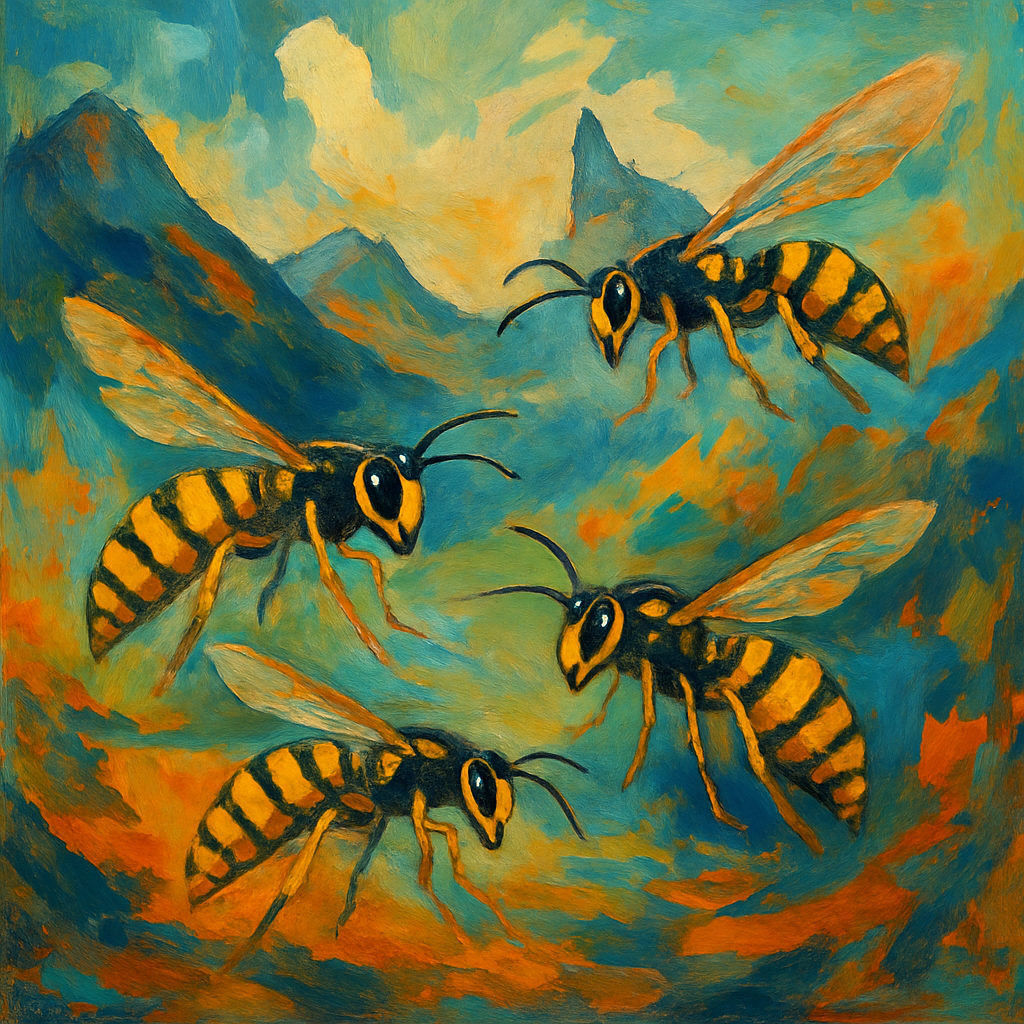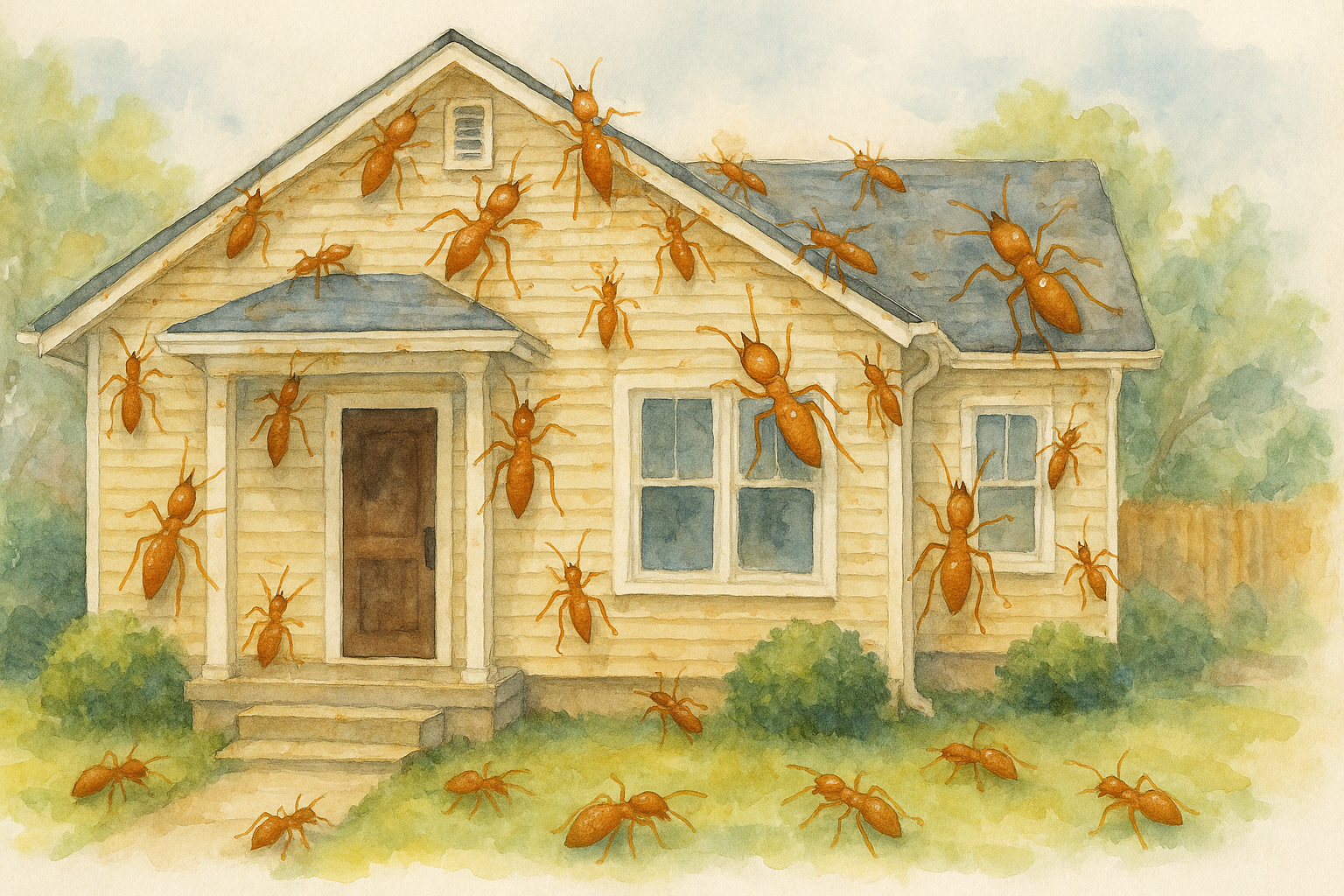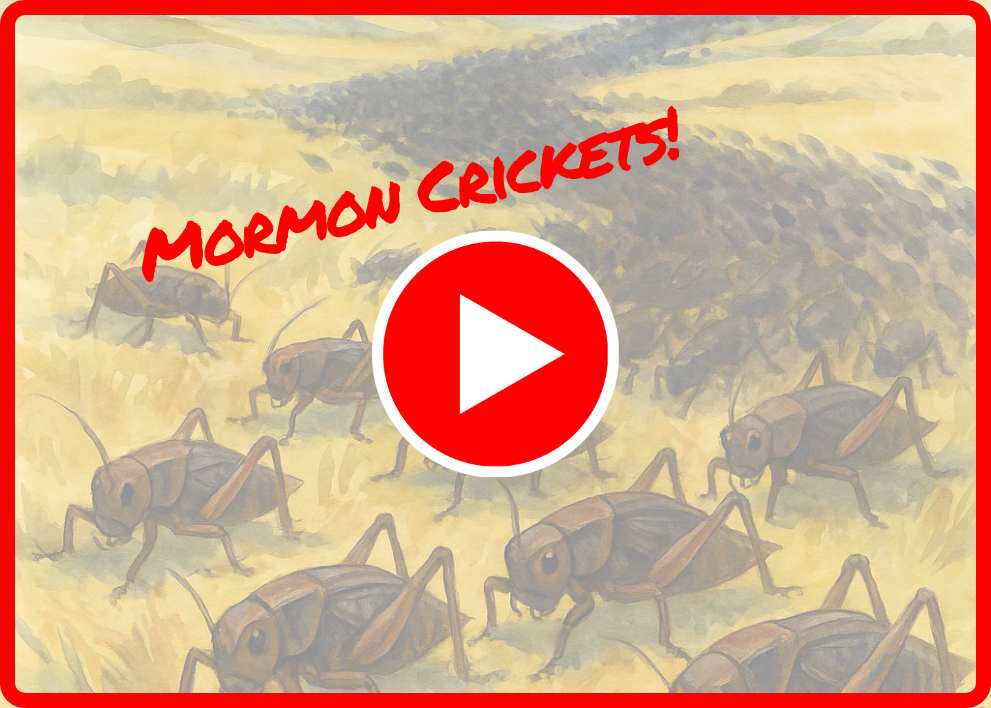The terms "mosquito hawk" and "crane fly" are often used interchangeably to describe a group of large, long-legged insects that belong to the family Tipulidae in the order Diptera. Despite their appearance and nickname, crane flies are not predators of mosquitoes, and they pose no threat to humans. In fact, the "mosquito hawk" misnomer likely comes from their superficial resemblance to oversized mosquitoes, but their biology and habits are very different.
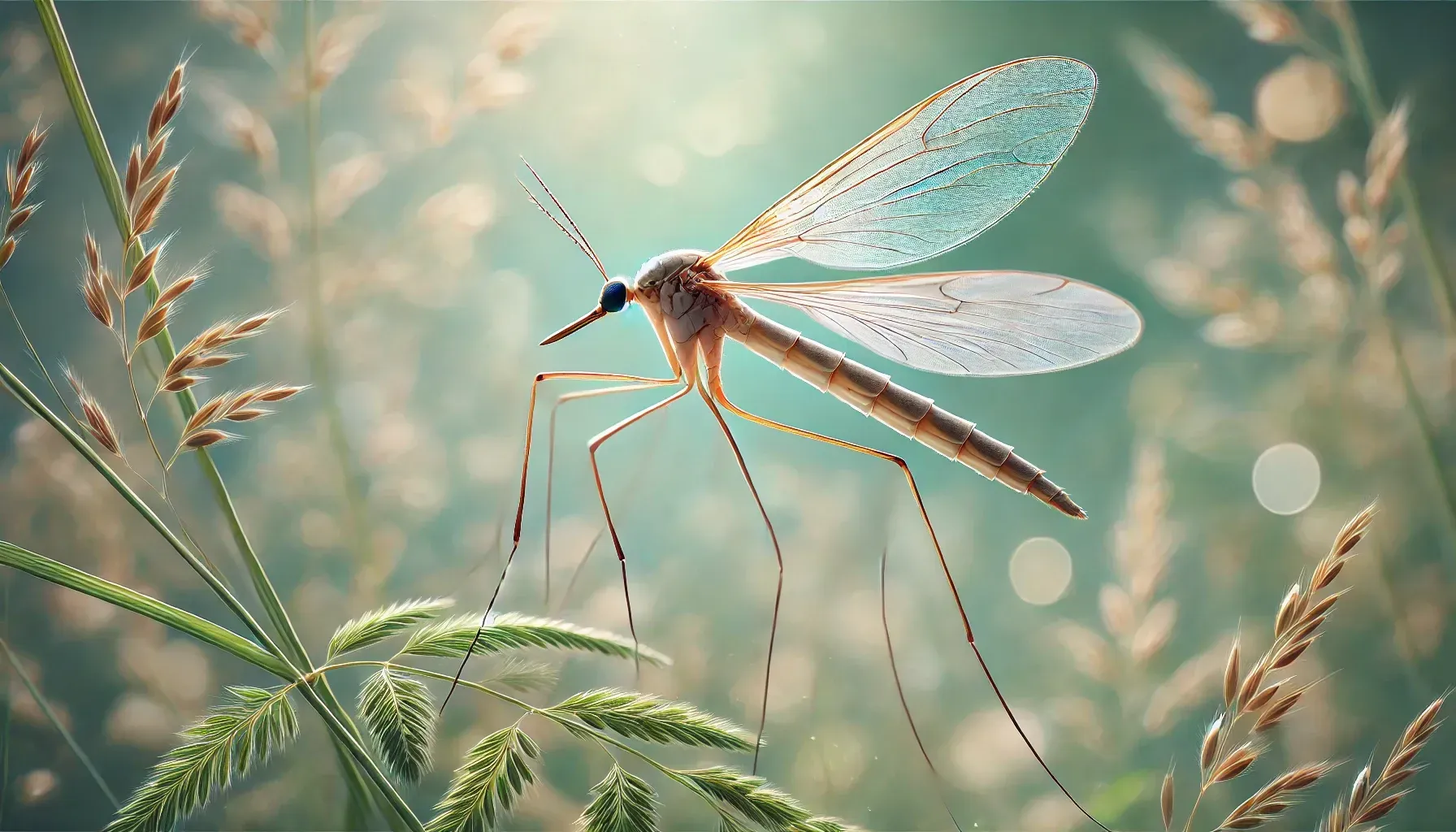
Identification and Appearance
Crane flies are easily recognized by their long, slender legs, narrow wings, and fragile bodies. These insects can vary greatly in size, with some species having wingspans that range from a mere centimeter to over 6 centimeters. While their appearance may alarm some, crane flies are harmless to humans. The adults do not bite, sting, or carry diseases, and most species do not even feed in their adult stage. Instead, their short lifespan, typically just a few days to weeks, is spent primarily on reproduction.
The life cycle of a crane fly involves aquatic or semi-aquatic larvae, which are often found in moist environments such as wetlands, marshes, or even the soil in gardens. The larvae, sometimes referred to as "leatherjackets" because of their tough exoskeletons, primarily feed on decaying organic matter and plant roots. Some species can become pests in turfgrass environments, like lawns and golf courses, due to the larvae's feeding habits (Simard et al., 2006).
Ecological Role
Crane flies play a vital ecological role, especially in aquatic and semi-aquatic habitats. As larvae, they help break down organic material, recycling nutrients into the ecosystem. The larvae's consumption of decaying matter helps maintain healthy soil and promotes the decomposition process in natural environments. Their presence in ecosystems is often an indicator of good environmental health, especially in areas with abundant moisture and decaying plant material (Salmela & Ilmonen, 2005).
Crane Fly Myths and Misconceptions
One of the most common misconceptions is that crane flies, or "mosquito hawks," feed on mosquitoes. In reality, adult crane flies do not feed on mosquitoes and, in most cases, do not feed at all. They simply mate, lay eggs, and die shortly after emerging from their pupal stage. While their long legs and large bodies can make them seem intimidating, crane flies are completely harmless to humans and pets.
Another misconception is that crane flies are a pest. While larvae of some species can cause damage to turfgrass by feeding on roots, this is generally not a widespread issue. In most cases, crane flies are beneficial organisms that contribute to soil health and play a role in food chains, providing prey for birds, amphibians, and other predators.
Management and Control
For those concerned about the impact of crane fly larvae in lawns or gardens, cultural practices such as proper lawn care can help manage their populations. Aerating soil, ensuring proper drainage, and maintaining healthy turf can reduce the likelihood of a heavy infestation of larvae. In extreme cases, biological controls like nematodes can be used to target crane fly larvae without harming beneficial organisms or using harmful chemicals.
Crane flies, often mistaken for mosquitoes or dangerous pests, are fascinating insects that contribute positively to their ecosystems. Their larvae help break down organic matter, improving soil health, while the adults pose no harm to humans. Understanding their role can alleviate unnecessary fears and promote better coexistence with these gentle giants of the insect world.
Works Cited
Salmela, J., & Ilmonen, J. (2005). Cranefly (Diptera: Tipuloidea) fauna of a boreal mire system in relation to mire trophic status: Implications for conservation and bioassessment. Journal of Insect Conservation, vol. 9, pp. 85-94. https://link.springer.com/article/10.1007/s10841-004-5275-7.
Simard, L., Brodeur, J., Gelhaus, J., Taschereau, É., & Dionne, J. (2006). Emergence of a new turfgrass insect pest on golf courses in Quebec, the European crane fly [Diptera: Tipulidae].
Phytoprotection, vol. 87, pp. 43-45.
https://www.erudit.org/en/journals/phyto/2006-v87-n1-phyto1431/013969ar/.
Contact Today For $100 Off Your Initial Service!
⭐⭐⭐⭐⭐
Backed by our Bigfoot Guarantee!
What Customers Are Saying:
"Everyone from Bigfoot is awesome. They are always on time. They're extremely thorough. I've not had a single issue in the two years they have been treating our home. Well worth it!"
T. Potter | Meridian, ID
